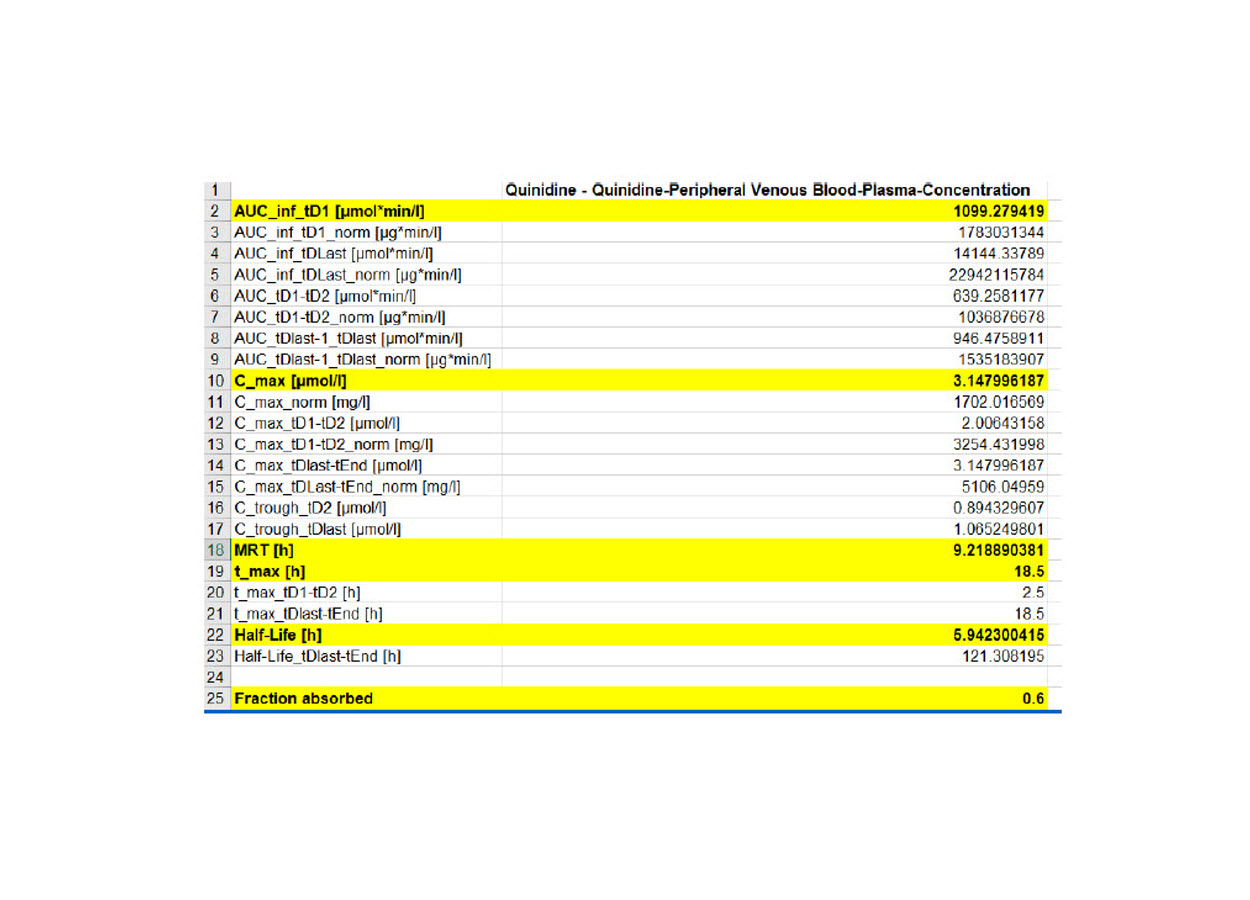A REVIEW COMMENTARY ON QUINIDINE KINETICS (PK MODELLING)

About Author
Mohd Riyaz Beg1* 1
Department of Pharmaceutical Sciences and Technology, Institute of Chemical Technology, Mumbai
*Corresponding author’s
email: phm19mr.beg@pg.ictmumbai.edu.in; mohdriyazbeg@gmail.com



 ABOUT AUTHORS
ABOUT AUTHORS ABOUT AUTHORS
ABOUT AUTHORS





